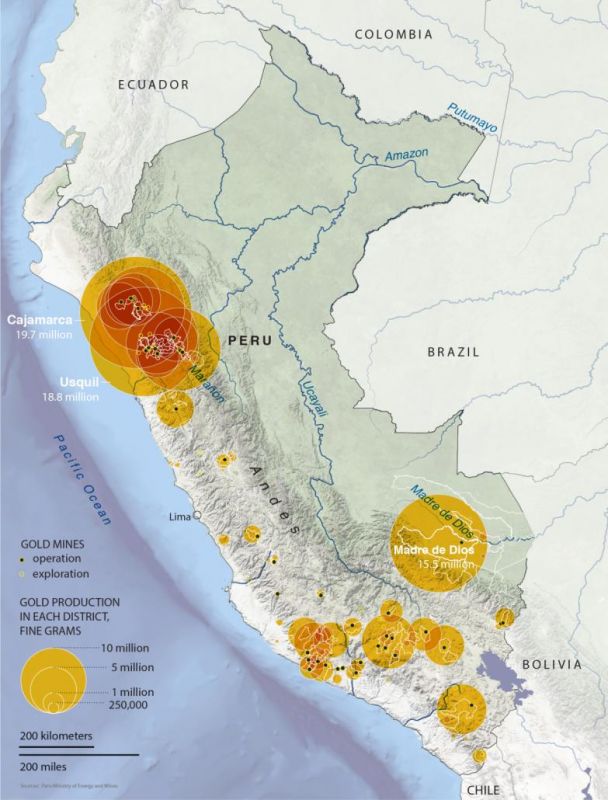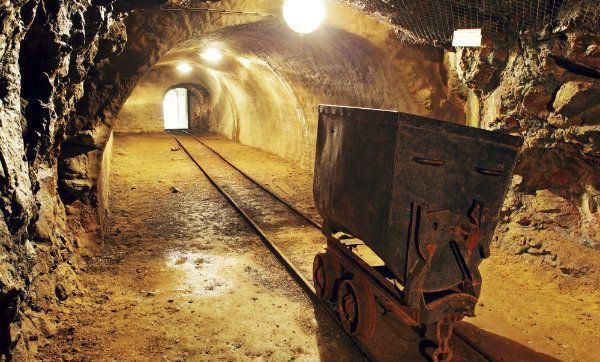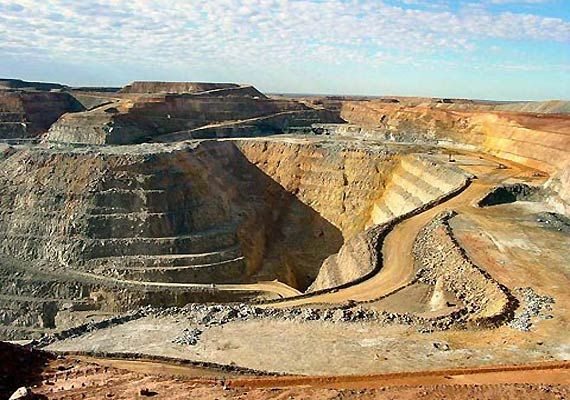Water Stress Is Factor in Global Mining Slump
Published on by Water Network Research, Official research team of The Water Network in Government
The big Colorado-based mineral developer was indefinitely suspending work on its mammoth Conga gold mine in the Andes mountains near Cajamarca.

Two months later the Goldman Environmental Foundation announced that one of the six winners of its annual Goldman Prize for environmental activism, among the world’s most prestigious public service awards, was Máxima Acuña, an Andes farmer and mine opposition leader.
The two events are closely tied together. In 2004, Newmont proposed to build the Conga mine not far from its existing Yanacocha copper and gold mine south of Cajamarca, which is the largest open pit gold mine in Latin America.
Anticipating the sharp decline in Yanacocha’s mineral production, Newmont and its Peruvian mining partner, Minas Buenaventura, proposed to replace four natural lakes with a manmade reservoir at the Conga mine in order to reach what both companies said were rich mineral deposits.
The idea enraged Andes farmers who viewed the lakes and the water they held as vital and sacred. Máxima Acuña and her husband got involved because they own land on the Conga mine site that the developers sought to illegally seize with an eviction notice. She became a leader of the protest movement that spent more than a decade resisting Conga and eventually forced its indefinite closure.
The struggle between one of the world’s largest mining companies and a subsistence farmer defending her land and community’s water supply illustrates how strains over fresh water have become signal factors in the treacherous ecological, social, and economic geography that mine developers around the world must now traverse.
On every continent where big hard rock mineral mines are proposed or are operating conflict over water availability and management is raising costs, increasing risks for lenders, driving tougher government oversight, and prompting much more aggressive civic opposition campaigns.
Along with China’s economic slowdown, which is weakening demand for minerals and metals, impediments caused by water-related stress have contributed to the deepest global slump in hardrock mine production and prices in decades. From a recent peak in 2014, mineral prices have tumbled precipitously, according to the World Bank. Iron prices are down 38 percent, copper prices slipped 22 percent, and platinum’s price is 30 percent lower.
The top 40 mining companies experienced their first ever collective net loss in 2015, and their lowest return on capital, according to a report in January from Ernst & Young, the international accounting firm. Economic and operating hazards produced by floods, droughts, tailing dam failures, and opposition campaigns are leading to more scrutiny of financial risks by big lenders, abandonment of proposals for new mines, and mine closures.

Water-related stress is a prominent reason that mining companies are unable to develop valuable mineral deposits around the world, in effect stranding them as undevelopable assets and sustaining billions of dollars in losses.
Peru, which ranks among the top three producers of copper, silver, tin, and zinc, and is the seventh largest gold producer, is a case in point. An estimated $US 30 billion in new mine projects are in limbo and may never be developed.
“There are 150 social conflicts over mines in Peru right now,” Gonzalo Urbina Roca, an economist at the National Agrarian University, told a Columbia Water Center global workshop on mining-related water risks in September. “About 120 of those are related to environmental conflicts, and 90 of those are about water. There are 15 big mine and mine proposals stalled in Peru. That has never happened before.”

Mining Requires A Lot of Water
In Chile, the world’s largest copper producer, the mining industry withdraws an average of 70 cubic meters of fresh water to produce one metric ton of copper. As companies begin to process lower-grade ore bodies—meaning the rock contains less of the commodity being mined—more water is required to extract the same amount of product.
Water risks are translating into higher costs for mines. Companies spent approximately $US 12 billion on water management in 2013, which was three times the amount they spent in 2009, according to estimates by Moody’s Investors Service.
Chile has introduced legislation that would require mines using at least 150 liters of water per second to supplement with desalinated water sources. Desalination costs approximately $US 5 per cubic meter (1,000 liters) of water in Chile. Desalination also requires large amounts of energy—much of which is now produced by coal-fired power plants.
Uranium mines in Namibia are also facing the prospect of water shortages and increased costs for desalinated water. Three of the country’s mines, which collectively use about 10 million cubic meters of water annually, were forced to begin sourcing their water from a desalination plant after water supplies declined in a regional aquifer.
In a 2012 survey of 36 metals mining companies with a total market capitalization of $US 773 billion, the Carbon Disclosure Project found that 64 percent had experienced “detrimental water-related business impacts” in the past five years, and water stress was the most commonly reported risk.
Further, 92 percent of the respondents identified water risks that they felt could create a “substantive change” to their operations, revenues, or expenditures within the next five years. In short, awareness of water risks is growing in the mining industry.
Read full article at: Circle of Blue
Media
Taxonomy
- Water Resources
- Mining Development
- Desalination
- Hydrology
- Water Management
- Impact
- Environmental Impact